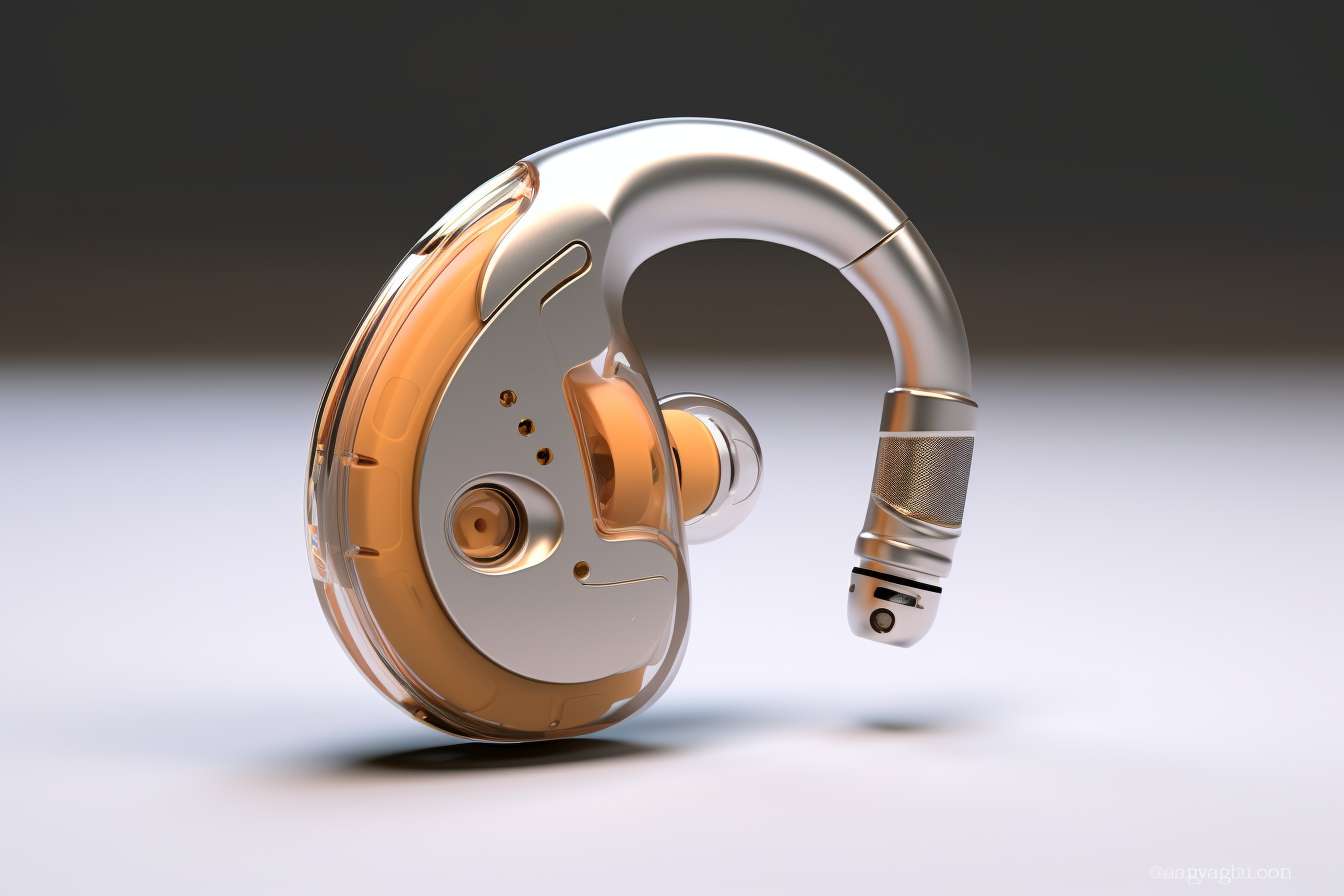Health and Safety Guidelines for New Immersive Headset Users
This article outlines practical health and safety guidance for new immersive headset users, covering setup, ergonomics, sensory impacts, and accessibility considerations. It aims to help readers minimize discomfort and use simulation, gaming, and training applications safely.

New immersive headset users often encounter a steep learning curve that combines technical setup with physical comfort and sensory responses. This article explains core safety practices—covering ergonomics, resolution and tracking effects, controllers and audio considerations, latency impacts, software compatibility, and accessibility—to help people who use these devices for gaming, training, or simulation minimize risks and enjoy more comfortable sessions.
This article is for informational purposes only and should not be considered medical advice. Please consult a qualified healthcare professional for personalized guidance and treatment.
How does immersive headset use affect physical health and safety?
Using an immersive headset places visual, vestibular, and postural demands on the body. Short sessions can cause eye strain, headaches, or mild motion sickness for some users, while longer exposure increases the risk of neck discomfort and fatigue. To reduce risks, start with short sessions and gradually increase duration, take regular breaks (5–15 minutes every 30–60 minutes depending on tolerance), and ensure the play area is free of obstacles to prevent trips or collisions during active simulation or gaming play. Maintaining good room lighting and avoiding glare on external displays can also ease visual transition in and out of the headset.
What ergonomics and comfort strategies help during extended use?
Ergonomics matters for comfort and injury prevention. Adjust the headset so weight is distributed across the forehead and back of the head rather than concentrating on the face. Use fitted straps and, where available, counterweights or padding to reduce pressure points. Adopt neutral posture: sit with back support or stand on a non-slip surface; avoid craning the neck forward. Rotate activities—switch between seated and standing modes when possible—to vary muscle engagement. For portability, carry protective cases to prevent damage that could affect fit and comfort during travel. Proper cable routing or using wireless modes can reduce accidental yanking and improve overall safety.
How do resolution, tracking, controllers, and audio influence safety?
Technical characteristics influence both immersion and safety. Higher resolution reduces visual blur and may decrease eye strain, while reliable tracking prevents unexpected drift that can disorient users during movement-heavy simulation and gaming experiences. Well-designed controllers with clear haptic feedback and intuitive button layouts reduce fumbling that can cause accidental impacts. Audio that is balanced and not overly loud preserves hearing and improves situational awareness; consider using open-back or awareness modes when shared spaces require hearing ambient cues. Regularly inspect controllers and tracking sensors for damage to maintain predictable performance.
How can latency and software compatibility affect simulation and gaming sessions?
Low latency between head movement and displayed imagery is important for comfort; noticeable lag can trigger nausea or dizziness in some users. Check system recommendations for hardware that matches the software’s demands and keep firmware and drivers updated to reduce latency and improve tracking. Software compatibility matters: ensure simulation, training, or gaming applications are designed for your headset’s resolution and controller setup to prevent mismatched inputs or unstable experiences. When using third-party or community software, verify compatibility with your operating system and headset to avoid crashes that could interrupt sessions abruptly.
What training and accessibility features should new users consider?
Training-focused applications should include gradual exposure modes and clear on-screen guidance. For accessibility, look for adjustable locomotion options (teleport, snap turning, or smooth walk) to reduce motion sickness, customizable control mappings to accommodate limited mobility, and text/audio alternatives for users with sensory differences. Many platforms offer comfort settings such as vignette effects or reduced field of view during movement; these can be enabled to improve tolerance. When training groups, allow varied pacing and provide orientation materials so all participants understand safety boundaries and emergency pause controls.
Practical safety checklist and maintenance tips for everyday use
Before each session, clear a safe play area and set guardian boundaries where available. Calibrate interpupillary distance and headset fit to optimize clarity and reduce eye strain. Keep sessions sized to personal tolerance and log any recurring symptoms (dizziness, blurred vision, persistent headache) to discuss with a healthcare professional. Maintain hygiene by cleaning facial interfaces and controllers according to manufacturer guidance and replace worn padding when fit degrades. Store devices in padded cases to protect tracking elements and lenses when transporting. If children or people with certain medical conditions will use the headset, follow age recommendations and consult a professional where appropriate.
Conclusion
Safe use of immersive headsets requires attention to both device settings and physical wellbeing. By applying ergonomic adjustments, managing session length, monitoring resolution, tracking, latency, and audio settings, and using accessibility and training features thoughtfully, new users can reduce common discomforts and create more reliable simulation, gaming, and training experiences. Ongoing maintenance and awareness of personal tolerance will help sustain enjoyable and safe use over time.






